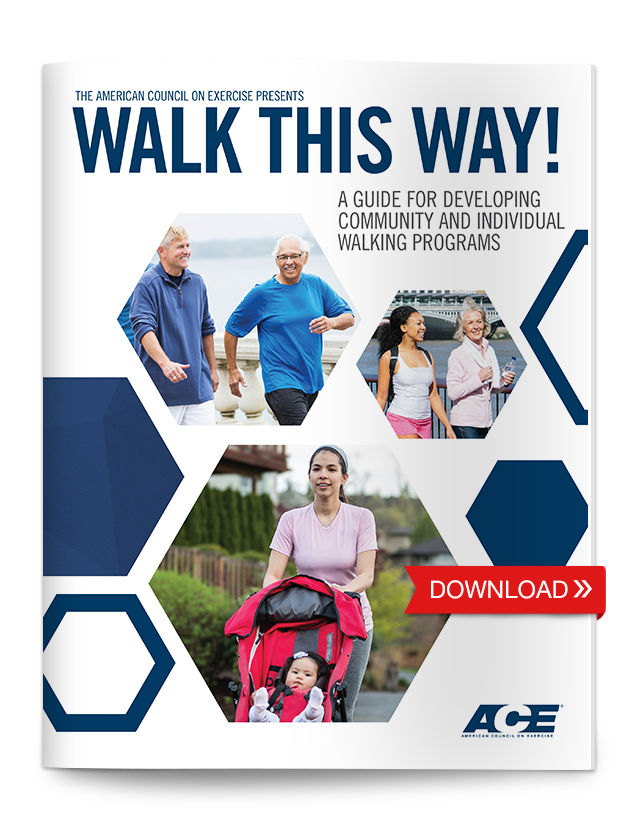Even if you already walk for exercise, hit the gym or do some other type of workout regularly, walking is essential to your wellbeing. Why? The latest research shows that sitting too much is more dangerous than smoking—and 30- to 60-minutes of exercise a day isn’t enough to counteract it. In one study, researchers saw changes in arteries that may contribute to heart disease after just three hours of sitting—and that was in healthy 20-somethings. The good news: just five minutes of movement every hour prevented it.
In addition to the more well-known benefits of walking, such as reduced risk of heart disease and diabetes, better mood, lower blood pressure and weight loss, here are some more reasons to hit the pavement:
- Walking boosts creativity by 60 percent.
- A solo walk is a great way to get some rejuvenating me-time.
- A 15-minute walk can curb chocolate cravings.
- Taking a stroll through a park or tree-lined neighborhood keeps you mentally sharp.
- Explore a new area on foot. You’ll notice a lot more than if you’re in a car.
- Walking for even part of your commute will make you happier at work.
- Difficult conversations can be easier when you’re walking side-by-side instead of looking at each other eye-to-eye.
- Replacing 1½ miles of driving with walking will reduce the amount of greenhouse gases produced by about 75 percent. And it cuts down on air pollution and saves on gas.
- Walking with a friend, spouse or child can help you build a stronger relationship with them.
- A lunchtime walk can make you more productive at work.
Hopefully you’re inspired to walk more. Here are some easy strategies to make it happen.
1. Keep sneakers in your car. That way you’re prepared to take a walk anytime you have a few extra minutes. Early to a doctor appointment? Stroll around the block.
2. Walk, don’t wait. Instead of sitting on the bleachers while your kid is at soccer practice or in the waiting room during dance class, take a walk.
3. Invite friends for walks instead of coffee or lunch. You’ll burn calories instead of consuming them.
4. Have multiple routes. Many walkers always walk from the same location. Expand your options by walking from any location that you frequent. Start a walk from home, work, your kids’ schools, the grocery store, or a friend or family member’s home. Anywhere you find yourself at least once a week is a possible starting point. The more options you have the more likely you are to walk.
5. Park once. The norm in many suburban shopping centers is to park by one store, go in and shop, then drive to the next one. Instead park at a central location and walk to all of the stores, even if you have to return to the car in between to drop off packages—bonus steps!
6. Get an activity monitor. From simple pedometers to more expensive FitBits, these devices can motivate you to move more. See how much you normally walk, and then set incremental goals to increase the number of steps you take or the number of calories you burn each day. The benefits will multiply as the numbers do.
And remember, every little bit counts!
Studies have found that even two-minute walking breaks can improve the function of disease-fighting and metabolism-boosting genes. And as little as one minute of walking at a heart-pumping pace can help keep pounds off.
No more excuses! Let’s all commit to walking more—and sitting less—every day!

To help Americans increase their physical activity through walking, ACE has created a free toolkit that supports Step It Up! The Surgeon General’s Call to Action on Walking and Walkable Communities. It contains a variety of resources that can be used by individuals, community organizations, faith-based institutions, schools, employers, etc. to encourage and support individuals to walk more and create walkable environments.




 by
by 





 by
by